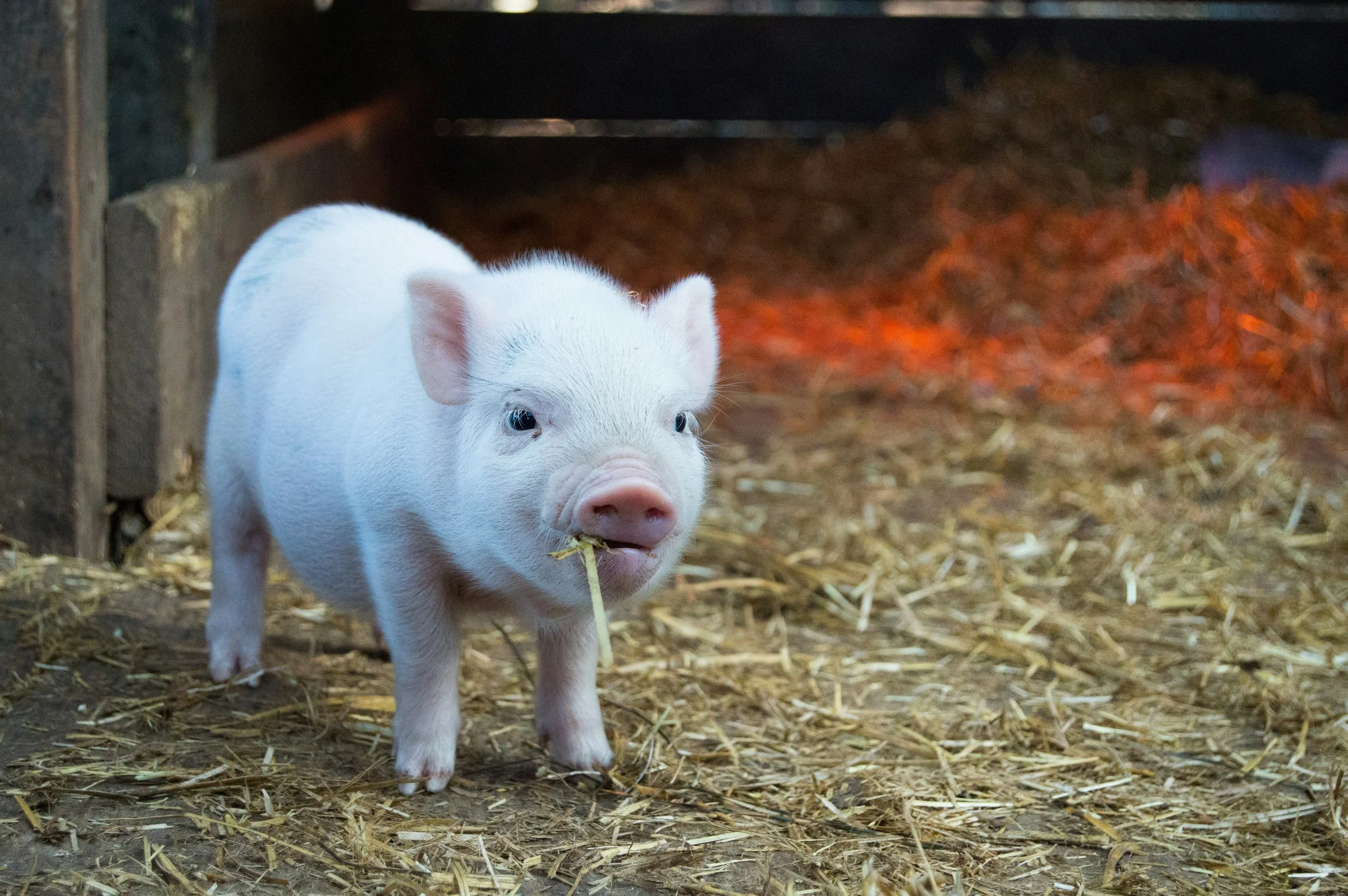The days of the horse-drawn plow are far behind us, and the age of precision agriculture is quickly taking over. By “collecting real-time data on weather, soil and air quality, crop maturity and even equipment and labor costs and availability” farmers can make predictive decisions about how to manage their crops. Scientists around the world believe that precision agriculture will be the solution to answering the world’s food production challenges that will inevitably arise as the global population increases.
The Cost of Being Beautiful
Urban Decay NAKED eye shadow palette (pictured above): $54.00. Guerlain Exceptional Complete Mascara: $52.00. Make Up For Ever foundation: $42.00 for one ounce. Crème de la Mer moisturizing face cream: $295.00 for two ounces. Many women swear by these products, despite the lofty price tags. The cost of being beautiful is high, and some consumers are turning to online shopping to find deals on name-brand cosmetics.
Coal Country Can’t Catch A Tax Break
Kentucky has long been known for its coal resources. Other than environmental opposition, coal companies encounter further obstacles in business practices via Congressional acts imposing stricter standards for any company that adversely impacts the environment. In recent litigation, coal companies attempt to fight back, but not with the stringent regulations of which they are required to comply, but the taxes imposed on exported coal.
Worker Safety Agency Squawks, USDA Balks
Bill to Give Soring the Last "Big Lick": Representative Whitfield’s New Legislation to Amend the Horse Protection Act
The close of the summer term has sparked renewed discussion of the Prevent All Soring Tactics Act (PAST Act) HR, 1518, sponsored by Rep. Ed Whitfield, R-Ky., and 303 other House members. It was referred to the Subcommittee on Commerce, Manufacturing, and Trade, where it has remained stalled since April 12, 2013. With nearly 70 percent of the House in support of this Bill, outcries from supporters challenge legislators to pass the legislation before the end of this session.
“Citizen Science” and the New World of EPA Regulatory Enforcement
In March, 2013, the Environmental Protection Agency delivered a presentation at an Air Monitoring Workshop describing what it termed “Next Generation Air Monitoring”. The goal was to spur development of new air monitoring technologies, primarily localized and low-cost alternatives to the more expensive method of traditional, stationary lab analysis. More specifically, the presentation emphasized the promise of active citizen involvement via “citizen science”.
SCOTUS Opinion Allows EPA More Regulatory Power
The Supreme Court took away some of the Environmental Protection Agency’s (EPA) power on Monday June 23, 2014. In an opinion written by Justice Scalia in Utility Air Regulatory Group v. Environmental Protection Agency, the Court took away some of the EPA’s power to impose harsher emission standards. However, the Court simultaneously protected a majority of the EPA’s power to regulate greenhouse gases.
A ‘Vicious’ Animal Named Scuppy
The horse industry in Connecticut was thrown into turmoil in May of 2006 at the hooves of a horse named Scuppy. In Vendrella v. Astriab Family Limited Partnership, the Supreme Court of Connecticut recently released its 6-0 decision in April, affirming the Appellate Court’s ruling that a horse belongs to “a species naturally inclined to do mischief or be vicious.”
Taking a Stride Back: Dirt Track Changes Coming to the Bluegrass
By: Eric Finke, Staff Member
In 2006, Keeneland introduced its current synthetic track to increase the safety of horses under the stress of racing on dirt.[iv] This safety trend was seen nationwide as the California Horse Racing Board went so far as to require tracks, including the famous Santa Anita Park, to lay down a synthetic surface by 2007.[v] A surface switch proved to be a success based on studies of the Equine Injury Database.[vi] As recent as 2013, there were only 0.43 breakdowns per 1000 starts at Keeneland on the synthetic track surface, while the overall breakdown rate across the nation on dirt surfaces was 2.11 per 1000 starts.[vii] In the midst of all this change, Churchill Downs continued using a dirt surface, causing many owners to begin bypassing tracks like Keeneland, in favor of dirt.[viii] Horse owners that once eyed the Blue Grass Stakes as the premier event for testing the Derby waters have begun to stay away in recent years.[ix] World famous horse trainer Todd Pletcher has refused to run on a synthetic surface with a true frontrunner in his stable, preferring to run on a consistent dirt surface that would be comparable to what Churchill Downs has to offer.[x]
[i] VisitLex: About Lexington, http://www.visitlex.com/about/, (last visited Apr. 9, 2014).
[ii] Alicia Wincze Hughes, Keeneland to replace synthetic racing surface with return to dirt track, Kentucky.com (Apr. 2, 2014), http://www.kentucky.com/2014/04/02/3174914/keeneland-to-replace-synthetic.html.
[iii] Keeneland spring meet offers Derby, Oaks preps, Washington Times (Apr. 3, 2014), http://www.washingtontimes.com/news/2014/apr/3/keeneland-spring-meet-offers-derby-oaks-preps/.
[iv] Natalie Voss, Keeneland’s Switch Back to Dirt Track Could Appeal to Breeder’s Cup and Derby Contenders, Business Lexington (Apr. 7, 2014), http://bizlex.com/2014/04/keeneland-switch-back-to-dirt-track-could-appeal-to-breeders-cup-and-derby-contenders/.
[v] Hughes, supra note 2.
[vi] Equine Fatality Summary: Keeneland, Equine Injury Database, http://www.jockeyclub.com/pdfs/eid/Keeneland.pdf (last visited Apr. 9, 2014).
[vii] Supplemental Tables of Equine Injury Database Statistics for Thoroughbreds, The Jockey Club, http://jockeyclub.com/pdfs/eid_5_year_tables.pdf (last visited Apr. 9, 2014).
[viii] Voss, supra note 4.
[ix] Hughes, supra note 2.
[x] Don Agriss, Up the Backstretch: A back-to-nature movement in racing, The Island Packet (April 3, 2014), http://www.islandpacket.com/2014/04/03/3039209/up-the-backstretch-a-back-to-nature.html.
[xi] Voss, supra note 4.
[xii] Andrew Beyer, Keeneland reluctantly will be digging the dirt once again, Washington Post (Apr. 9, 2014), http://www.washingtonpost.com/sports/othersports/keeneland-reluctantly-will-be-digging-the-dirt-once-again/2014/04/09/080dbb3a-bfff-11e3-b574-f8748871856a_story.html.
[xiii] Joe Drape, A Track’s Shift to Dirt Adds to Horses’ Risks, The New York Times (Apr. 3, 2014), http://www.nytimes.com/2014/04/04/sports/in-a-tracks-decision-horses-are-the-losers.html?hpw&rref=sports.
[xiv] Joe Tash, Del Mar Fairgrounds to replace synthetic track with dirt, Del Mar Times (Apr. 9, 2014), http://www.delmartimes.net/2014/04/09/del-mar-fairgrounds-to-replace-synthetic-track-with-dirt/.
[xv] Breeder’s Cup, http://www.breederscup.com/history/event-year (last visited Apr. 9, 2014).
[xvi] Hughes, supra note 2.





